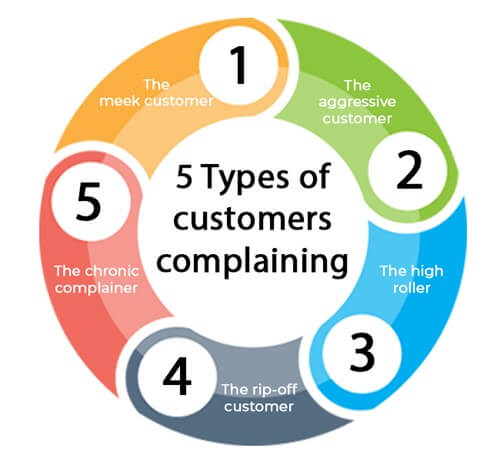Customer service is not an easy job. However, one can make it interesting with the right attitude. The ‘right attitude’ we’re talking about here is the ‘problem solving attitude’.
Think of every angry customer as an opportunity to receive great feedback and achieve service excellence.
Customers get upset due to many reasons, which can range from minor slip-ups to major issues.
If you’re a customer service representative, you might have dealt with these upset customers at some or the other point in your career.









